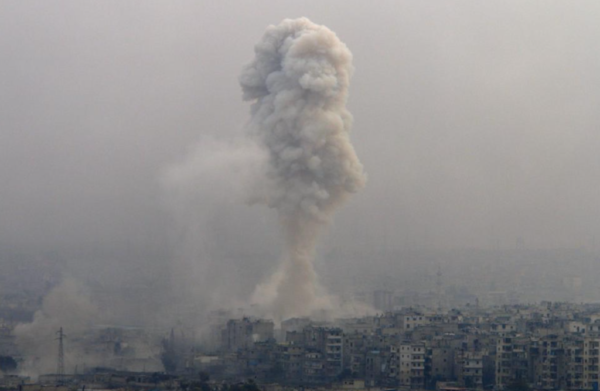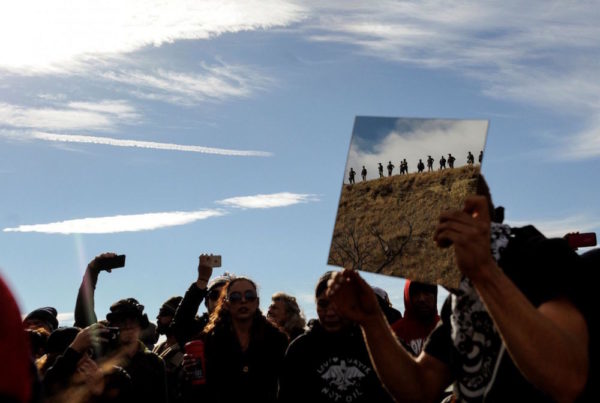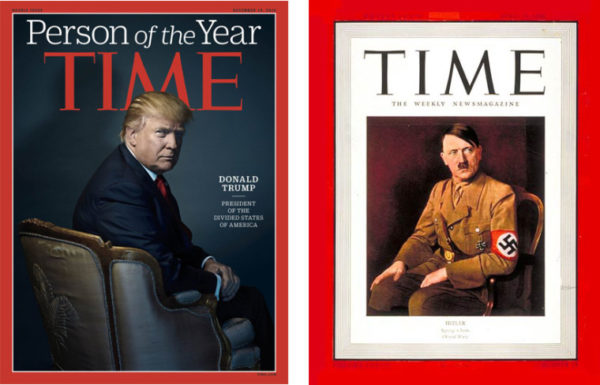Notes
Aleppo as the 21st Century Hiroshima?

We might want to think of Aleppo as the Hiroshima of the 21st century.
This photograph brought the analogy to mind, and yet it would seem to argue against the comparison. The Hiroshima mushroom cloud was not as large, symmetrical, and awe-inspiring as the Nagasaki explosion or many of the atomic test explosions to come, but it was bigger than this blast plume over Aleppo. This smaller image is closer to those from the tactical nuclear weapon tests, and even so, the nukes would still be worse, so what’s the point?
The point is that a hazy, moody photograph of the aftermath of an explosion might make someone stop and think. To consider, for example, just how many people have died in Aleppo and elsewhere in Syria. (Here’s a clue: more than at Hiroshima and Nagasaki.) To consider how much conventional warfare is excused because it is assumed to be less destructive than nuclear weapons. To realize that for those burnt, maimed, shocked, sickened, starved, orphaned, and killed by the unrelenting violence, the mechanism doesn’t really matter. To ponder just how much is lost when a city is allowed to die.
One consolation of the analogy is that Aleppo, like Hiroshima, could be rebuilt to become a vibrant modern city again. But don’t get your hopes up. The analogy is imperfect from the start, and that may be part of the message. The destruction now is not the product of a single bomb but instead of thousands upon thousands of bombs over days, weeks, months, and years of warfare. Likewise, the damage may be evident for generations, a continuing witness to the politics of revenge and abandonment. The first salvos of atomic warfare were effectively the last, whereas the violence unleashed on Aleppo is part of something that may be spreading across the globe: a dark age where localized violence occurs persistently enough to terrorize millions while tearing down civilization itself.
The photograph is not news, but something else. An elegy, perhaps. The damage has been done, and for many it is too late even to mourn. By turning the fog of war into an atmosphere of remembrance, the photograph suggests that history changes only the names and the weapons, but not the slaughter. It also asks: If the world wants to prevent another Hiroshima, why not stop the bombing of Aleppo?
— Robert Hariman
Cross-posted from No Caption Needed.
Photo: Omar Sanadiki/Reuters. Caption: Smoke rises after air strikes on rebel-controlled besieged eastern Aleppo, Syria December 5, 2016.


Reactions
Comments Powered by Disqus